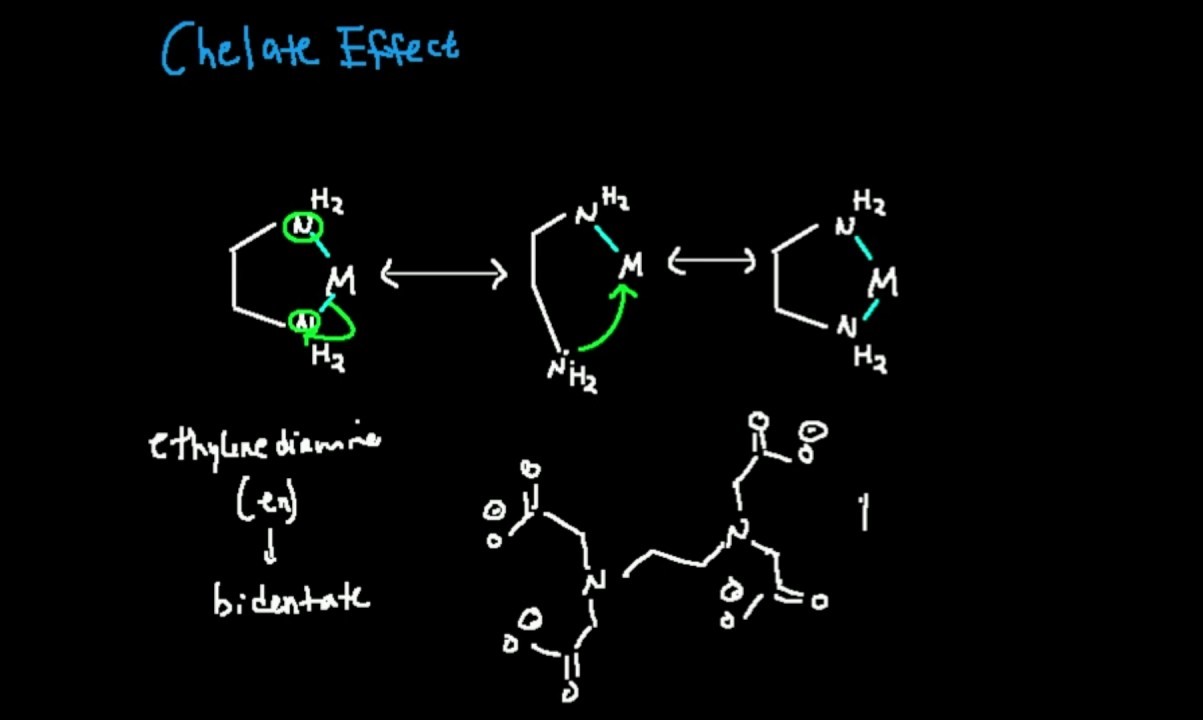
Ever heard of the Blue Fugate Family of Kentucky? This unique family, known for their striking blue skin, has fascinated scientists and curious minds alike. Originating in the 19th century, the Fugates lived in the isolated hills of eastern Kentucky. Their blue skin was caused by a rare genetic condition called methemoglobinemia, which reduces the oxygen-carrying capacity of blood. Intrigued by their story? You’re not alone. This family’s tale is a blend of genetics, history, and a touch of mystery. Let’s dive into 35 captivating facts about the Blue Fugate Family that will leave you amazed and wanting to learn more.
The Blue Fugates: A Unique Genetic Phenomenon
The Blue Fugates of Kentucky are a fascinating example of how genetics can create unexpected results. This family, living in the Appalachian Mountains, became famous for their blue-tinted skin. Let's dive into some intriguing facts about this unique family.
-
The Blue Skin: The Fugates' blue skin was caused by a rare genetic condition called methemoglobinemia. This condition reduces the oxygen-carrying capacity of blood, giving the skin a blue hue.
-
Origin of the Condition: The condition can be traced back to Martin Fugate, a French orphan who settled in Kentucky in the early 19th century. He carried the recessive gene for methemoglobinemia.
-
Consanguinity: The isolated location of the Fugate family led to intermarriage, which increased the likelihood of inheriting the recessive gene from both parents.
-
First Documented Case: The first known case of blue skin in the Fugate family was Martin Fugate's son, Zachariah, who was born in 1820.
-
Medical Attention: In the 1960s, Dr. Madison Cawein III, a hematologist, studied the family and provided treatment that temporarily reduced the blue tint in their skin.
-
Methylene Blue: Dr. Cawein treated the Fugates with methylene blue, a dye that counteracts methemoglobinemia by converting methemoglobin back to normal hemoglobin.
-
Genetic Inheritance: Methemoglobinemia is inherited in an autosomal recessive pattern, meaning both parents must carry the gene for a child to be affected.
-
Symptoms: Besides blue skin, symptoms of methemoglobinemia can include shortness of breath, fatigue, and headaches.
-
Prevalence: The condition is extremely rare, with only a few documented cases worldwide outside the Fugate family.
-
Media Attention: The Blue Fugates gained national attention in the 1970s when their story was featured in various newspapers and magazines.
Life in Troublesome Creek
The Fugates lived in a remote area called Troublesome Creek, which contributed to their genetic isolation. This isolation played a significant role in the prevalence of methemoglobinemia within the family.
-
Remote Location: Troublesome Creek is located in the Appalachian Mountains, making it difficult for outsiders to reach.
-
Self-Sufficient Lifestyle: The Fugates were largely self-sufficient, relying on farming and hunting for their livelihood.
-
Community Support: Despite their unusual appearance, the Fugates were well-integrated into their local community and received support from their neighbors.
-
Limited Medical Access: Due to their remote location, the Fugates had limited access to medical care, which delayed the diagnosis and treatment of their condition.
-
Education: The Fugate children attended local schools, where they were accepted by their peers despite their blue skin.
-
Church Involvement: The family was active in their local church, which provided a sense of community and belonging.
-
Marriage Patterns: The isolation of Troublesome Creek led to a high rate of intermarriage within the community, perpetuating the genetic condition.
-
Economic Challenges: The Fugates faced economic hardships due to their remote location and limited opportunities for employment.
-
Cultural Traditions: The family maintained traditional Appalachian customs and practices, which helped preserve their unique heritage.
-
Migration: Some members of the Fugate family eventually moved away from Troublesome Creek, reducing the incidence of methemoglobinemia in subsequent generations.
Scientific Interest and Research
The Blue Fugates have been the subject of scientific research and medical studies, shedding light on the genetic basis of methemoglobinemia and its treatment.
-
Early Research: Initial studies on the Fugates were conducted in the 1960s by Dr. Madison Cawein III, who documented their condition and provided treatment.
-
Genetic Studies: Researchers have studied the Fugates' DNA to understand the genetic mutations responsible for methemoglobinemia.
-
Medical Publications: The Fugates' condition has been featured in numerous medical journals and textbooks, highlighting the importance of genetic research.
-
Public Awareness: The story of the Blue Fugates has raised awareness about rare genetic conditions and the importance of genetic counseling.
-
Documentaries: Several documentaries have been produced about the Fugates, bringing their story to a wider audience.
-
Educational Material: The Fugates' condition is often used as a case study in genetics and medical courses to illustrate the principles of inheritance and genetic disorders.
-
Ethical Considerations: The study of the Fugates has raised ethical questions about genetic research and the treatment of individuals with rare conditions.
-
Advancements in Treatment: Research on methemoglobinemia has led to advancements in the treatment of the condition, benefiting patients worldwide.
-
Genetic Counseling: The Fugates' story underscores the importance of genetic counseling for families with a history of genetic disorders.
-
Continued Interest: The Blue Fugates continue to be a topic of interest for scientists, historians, and the general public, highlighting the intersection of genetics, medicine, and culture.
Legacy of the Blue Fugates
The legacy of the Blue Fugates extends beyond their unique genetic condition, influencing medical research, public awareness, and cultural understanding.
-
Medical Impact: The study of the Fugates has contributed to a better understanding of methemoglobinemia and its treatment.
-
Cultural Significance: The Fugates' story has become a part of Appalachian folklore, reflecting the region's history and heritage.
-
Public Awareness: The Blue Fugates have helped raise awareness about the impact of genetic conditions on individuals and families.
-
Inspiration for Art: The Fugates' unique story has inspired artists, writers, and filmmakers to create works that explore themes of genetics, identity, and community.
-
Ongoing Research: The Fugates' legacy continues to inspire ongoing research into genetic conditions, highlighting the importance of understanding and addressing rare disorders.
The Legacy of the Blue Fugates
The Blue Fugates of Kentucky have left a unique mark on history. Their story, rooted in a rare genetic condition called methemoglobinemia, has fascinated scientists and the public alike. This condition, causing their skin to appear blue, was passed down through generations due to the isolated nature of their community.
Understanding the genetics behind their blue skin has provided valuable insights into human biology and the effects of inbreeding. It also highlights the importance of genetic diversity in preventing rare conditions.
The Fugates' tale is a reminder of how genetics can shape our lives in unexpected ways. Their legacy continues to be a topic of interest, shedding light on the complexities of human genetics and the impact of isolated communities. The Blue Fugates will always be remembered for their unique contribution to the world of science and genetics.
Was this page helpful?
Our commitment to delivering trustworthy and engaging content is at the heart of what we do. Each fact on our site is contributed by real users like you, bringing a wealth of diverse insights and information. To ensure the highest standards of accuracy and reliability, our dedicated editors meticulously review each submission. This process guarantees that the facts we share are not only fascinating but also credible. Trust in our commitment to quality and authenticity as you explore and learn with us.


